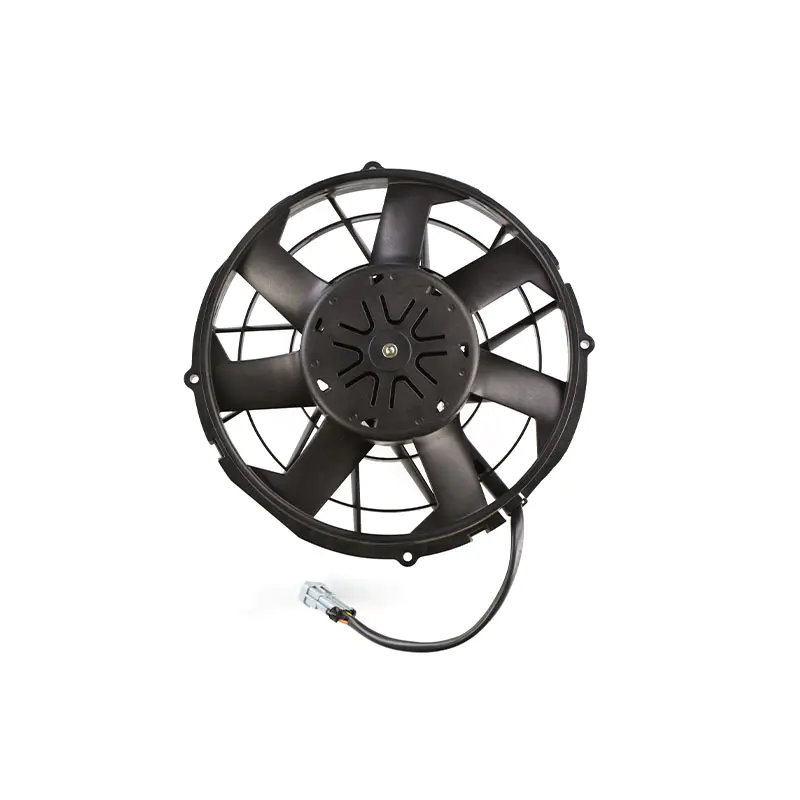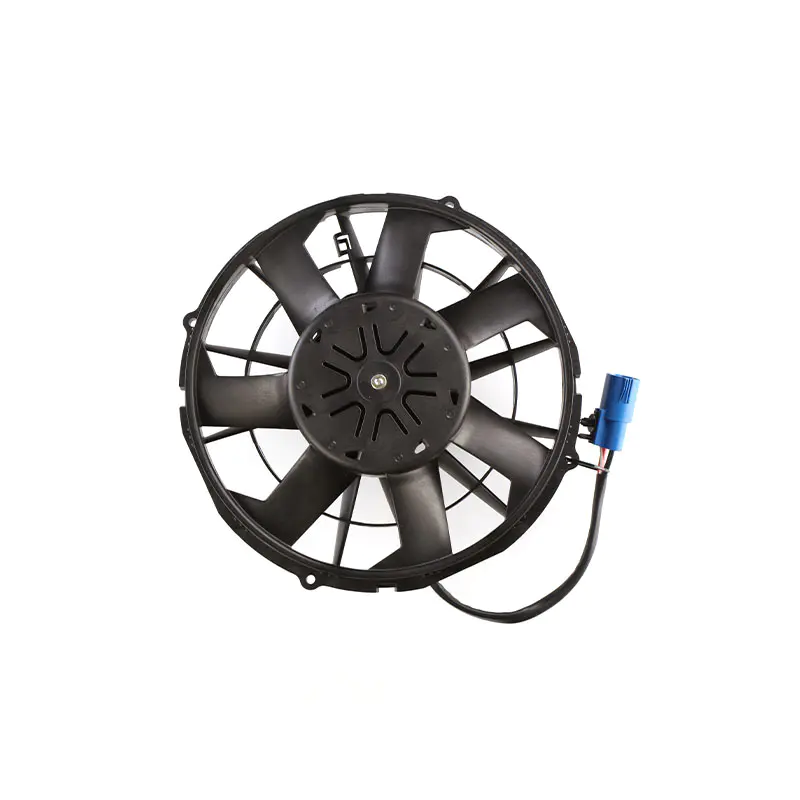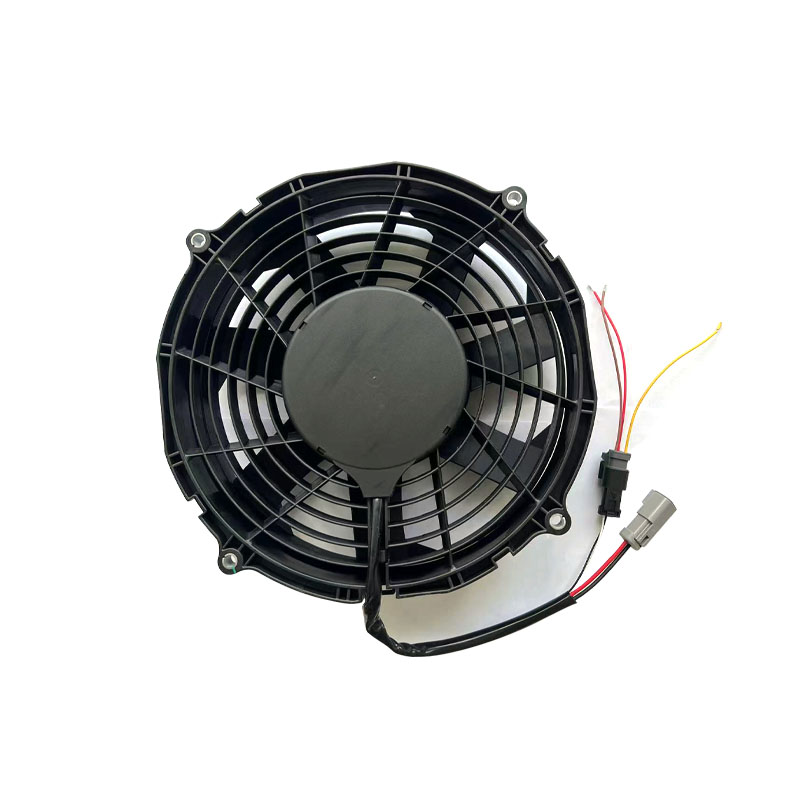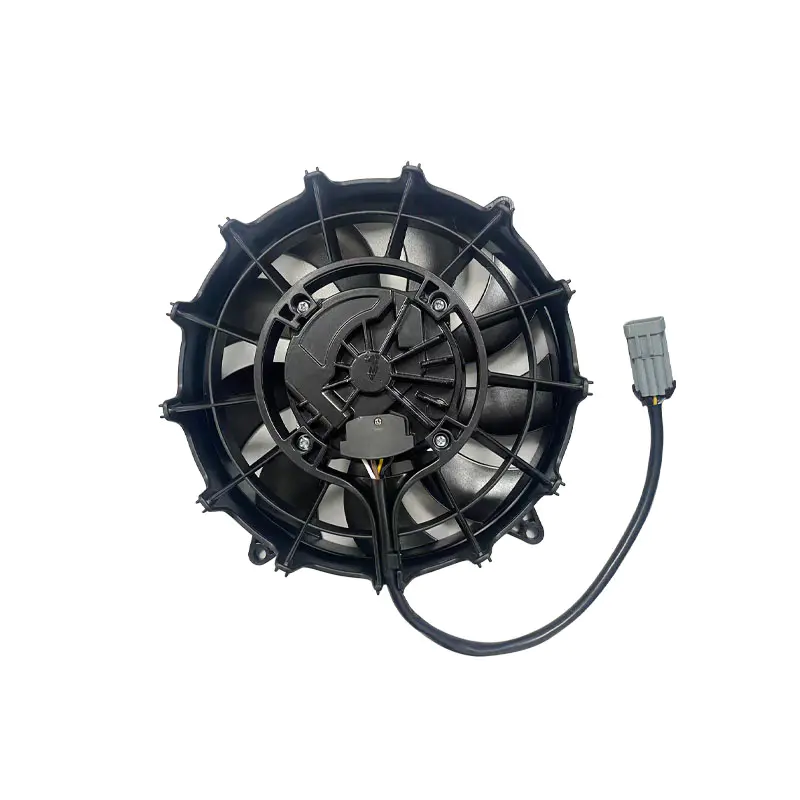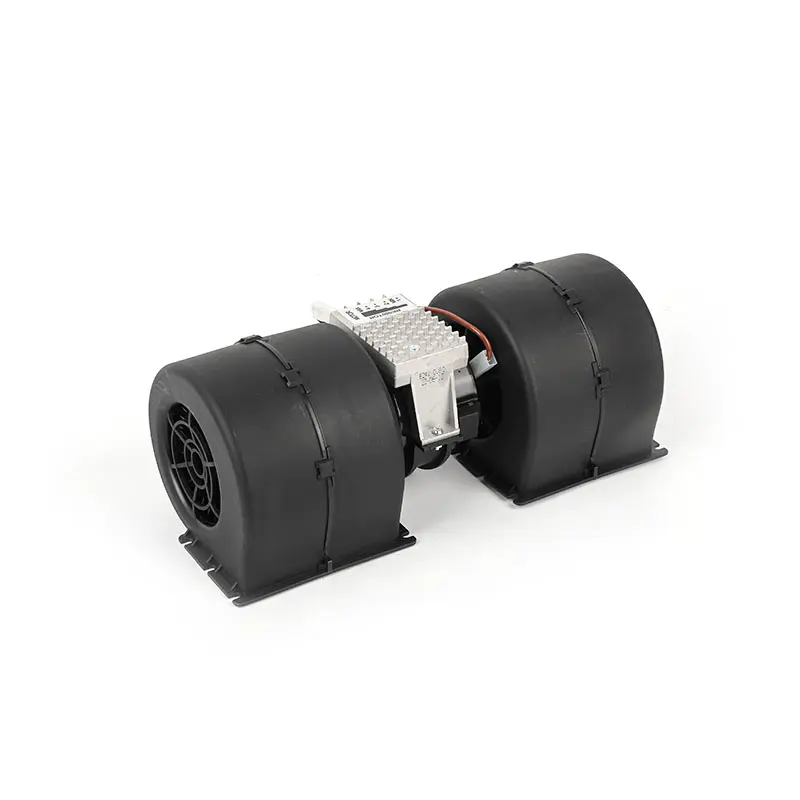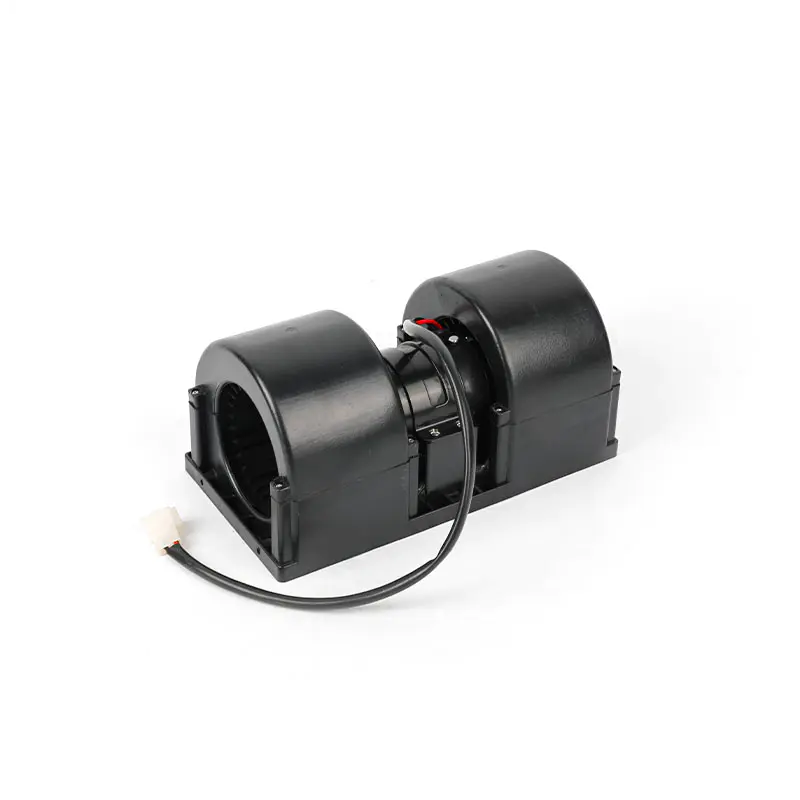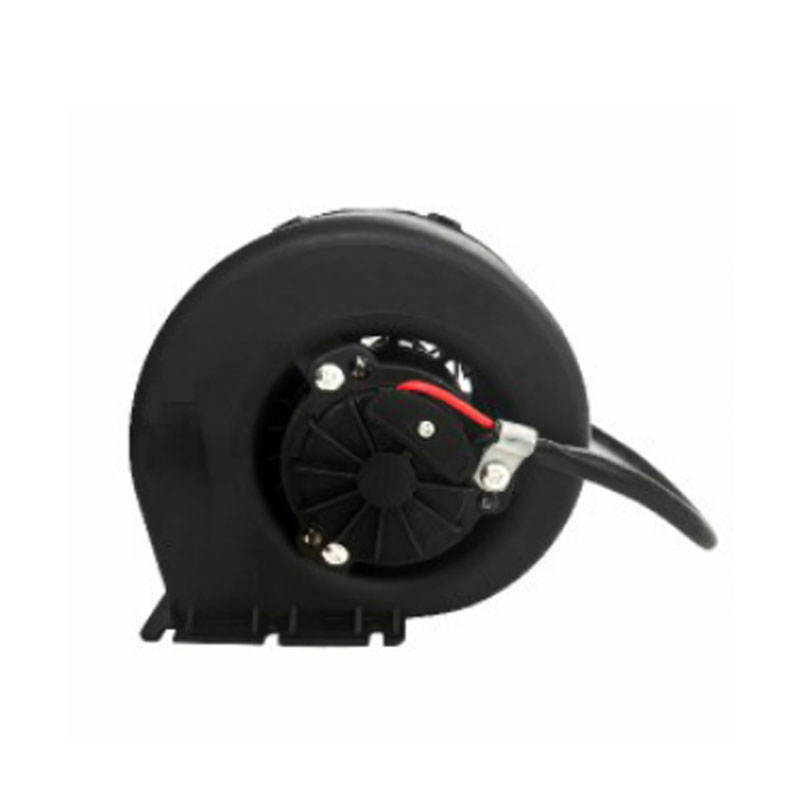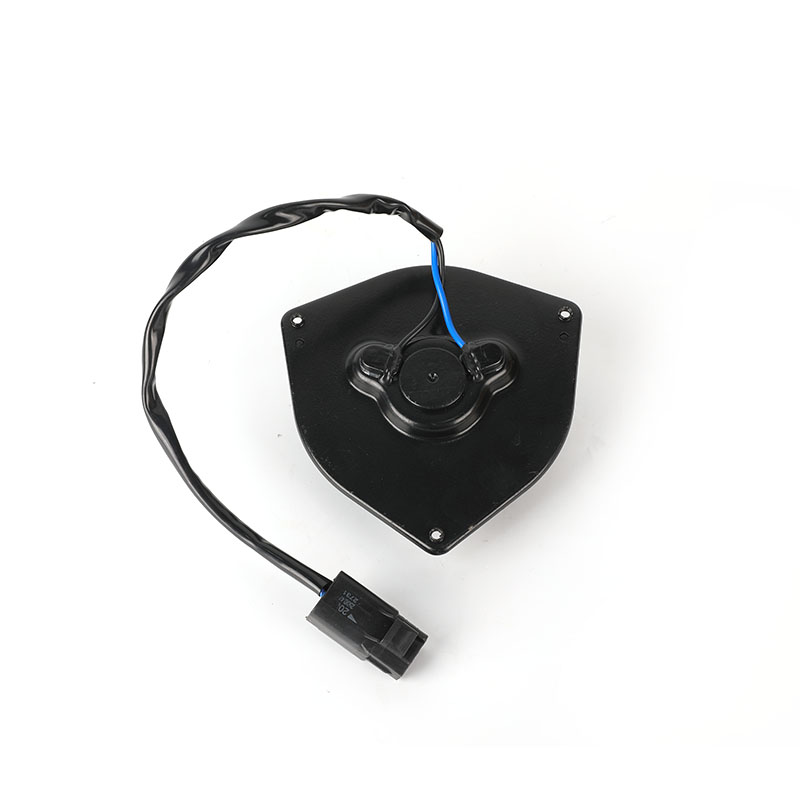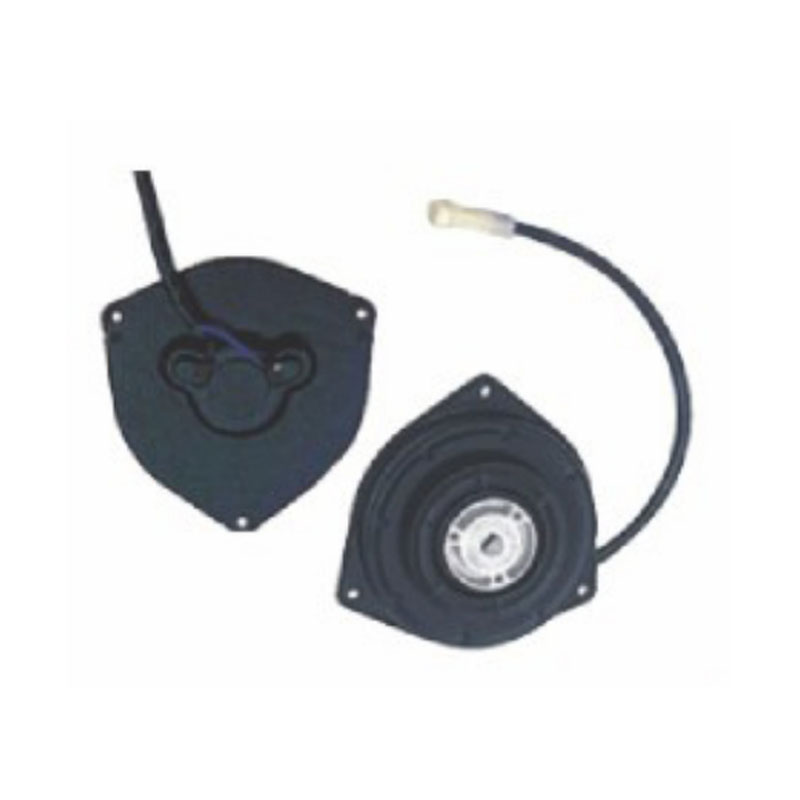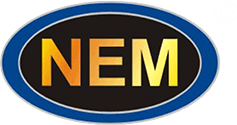As the core driving component of the evaporator and refrigeration equipment, the evaporator fan motor is a professional motor system designed specifically based on the principle of evaporative cooling. Its core design concept is to build a stable and efficient power transmission link. Through the coordination of precise mechanical structure and electrical control system, it ensures that the fan can operate continuously and stably, thereby creating favorable conditions for heat exchange between air and evaporator. The motor uses high-strength shell materials and high-precision bearings to effectively reduce mechanical wear during operation, and significantly improve its service life and reliability while ensuring the power output of the motor. Innovative application carrier of evaporative cooling principleWhen the motor system drives the fan to operate, air is continuously introduced into the evaporator, and the ambient temperature is reduced based on the principle of evaporative cooling. When the air passes through the surface of the evaporator, it is fully in contact with the low-temperature medium in the evaporator, which causes the water on the surface of the evaporator to evaporate quickly. In this process, water changes from liquid to gas, absorbs a large amount of heat, and effectively reduces the temperature of the surrounding air. The evaporator fan motor ensures that the air exchanges heat with the evaporator at an appropriate flow rate through precise speed control, which not only avoids insufficient heat exchange due to excessive wind speed, but also prevents the cooling efficiency from being affected by too slow wind speed, thus achieving optimized control of the evaporative cooling process. Adaptive solutions in multiple fieldsThe evaporator fan motor has shown strong adaptability in multiple fields due to its performance. In the mining truck application scenario, facing the complex operating environment of the mine, the motor can operate stably, provide reliable cooling guarantee for the mining truck cab and key equipment, ensure the comfortable working environment of the operator, and safe and stable operation of the equipment. In the field of new energy, the motor provides a good heat dissipation environment for the core components such as the battery pack and electronic control system of new energy equipment with its efficient cooling capacity, ensures the performance and life of the equipment, and promotes the safe and efficient development of the new energy industry. Integration of efficient energy-saving technologyIn order to achieve the goal of efficient energy saving, the evaporator fan motor integrates a number of advanced technologies. The motor adopts efficient permanent magnet synchronous motor technology, which has higher energy conversion efficiency than traditional motors, and reduces the loss of electric energy during transmission and conversion. By optimizing the electromagnetic design and air duct structure of the motor, the wind resistance and electromagnetic loss during motor operation are reduced, and the energy utilization efficiency is further improved. The motor control system has an intelligent energy-saving mode, which can automatically adjust the motor power according to the actual cooling needs. On the premise of meeting the cooling effect, it can minimize energy consumption and save operating costs for users. Reliable and stable long-term operation guaranteeIn terms of ensuring long-term stable operation, the evaporator fan motor is designed and optimized from multiple dimensions. The core components of the motor have undergone strict quality inspection and reliability testing, and high-quality insulation materials, winding wires, etc. are selected to effectively improve the insulation performance and electrical stability of the motor and reduce the risk of downtime caused by electrical failures. The heat dissipation system of the motor adopts an efficient heat dissipation structure design to ensure that the motor can dissipate the internal heat in time during long-term continuous operation and maintain the normal operating temperature of the motor. The protection level of the motor reaches the industry-leading level, which can effectively resist the erosion of external factors such as dust and water vapor, adapt to various complex use environments, achieve long-term stable operation, and reduce the maintenance frequency and cost of equipment. Flexible and intelligent speed control systemThe adjustable speed control system equipped with the evaporator fan motor gives the product a high degree of flexibility and intelligence. The system can monitor parameters such as ambient temperature and equipment operating status in real time, and automatically adjust the fan speed according to the preset control logic. When the ambient temperature is low or the equipment load is small, the system automatically reduces the fan speed to reduce energy consumption and noise; when the ambient temperature rises or the equipment load increases, the system promptly increases the fan speed to enhance the cooling effect. Users can also accurately set the fan speed according to actual needs through manual adjustment or remote control to meet personalized cooling needs under different working conditions and achieve refined management of the cooling system.
























